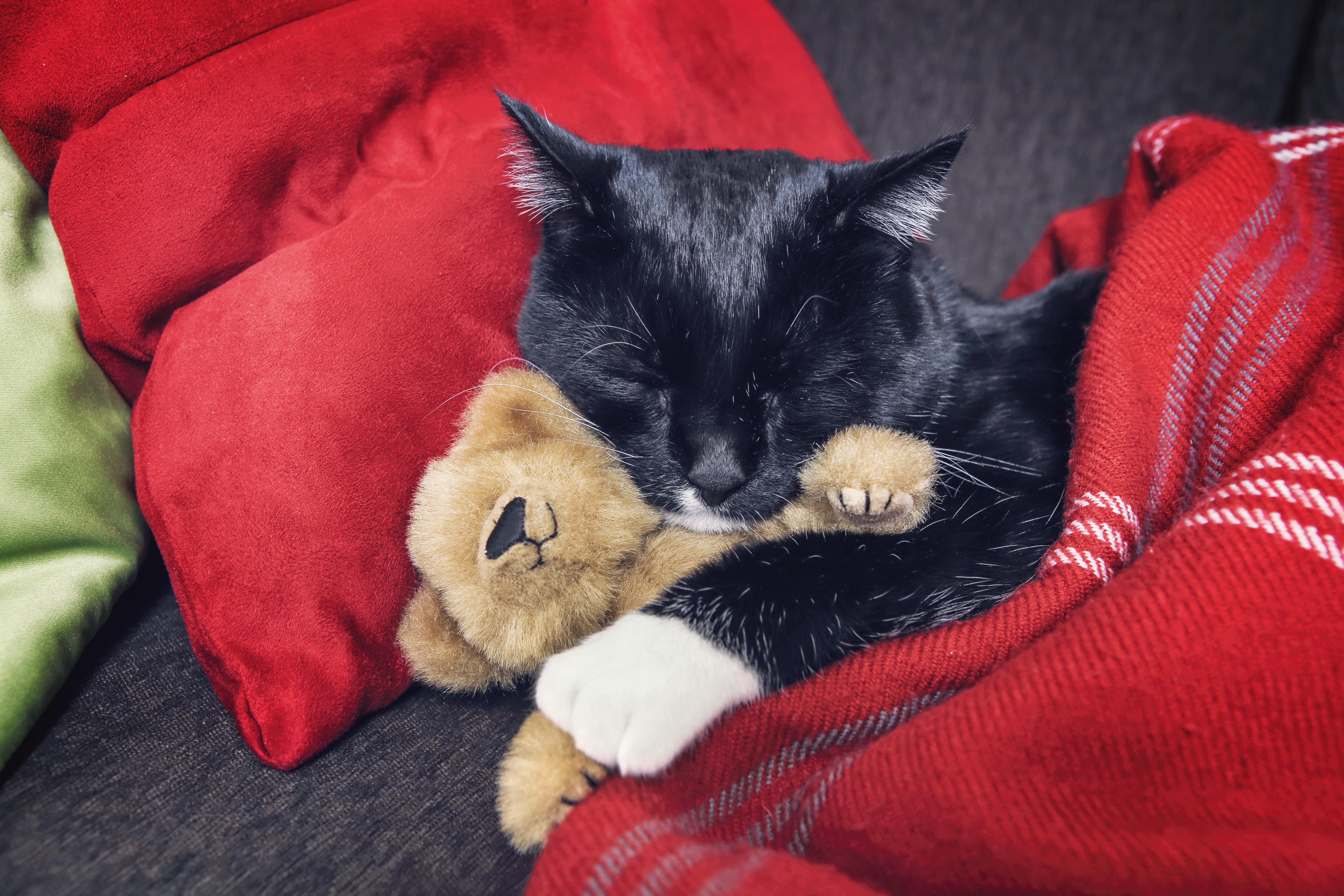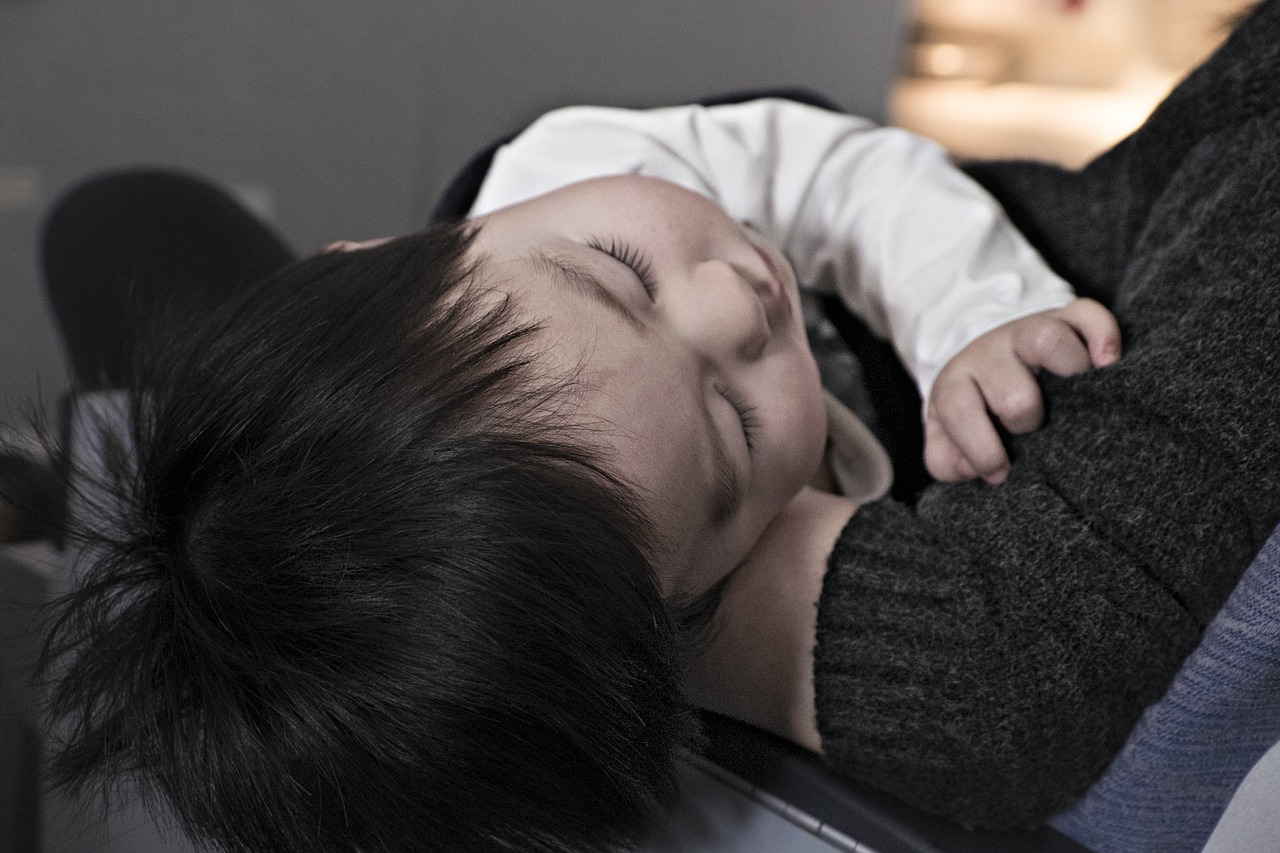There are all sorts of ways to help make your space more comfortable this time of year. After all, this is the season for cuddling up with hot cocoa! If you’re concerned about climbing energy bills, fear not. Keeping cozy all through the winter relies on a lot more than just your thermostat settings.
1. Winter Home Energy Efficiency
Of course, having a good furnace or heat pump is crucial this time of year. (Be sure to call us at 317-238-3961 if you need a hand!) But even if all of that equipment is working fine, you can still make your home a little more snug with one of these energy-saving wintertime tips. A quick home improvement project can make a big difference to boost your home’s efficiency ratings.
Locate and Fix Leaks
Warm air can escape through leaky doors and windows. If it feels like you’re always getting a slight draft around these spots, it’s probably time to add new caulk or weatherstripping. This will help keep your heat inside, where it belongs. You’ll also want to look for any gaps around the chimney and remember to keep the fireplace damper firmly shut whenever it’s not in use.
Find Your Sunny Spots
You can also save money by making the most of the sunlight that hits your home. One simple trick is to keep your curtains open on south-facing windows. When the sun is bright, your home can heat up naturally and help you save energy. Then at night, just draw your shades and other window treatments to lock in the warmth. This lets your curtains work as an extra barrier to hold back cold drafts.
Buy a Better Thermostat
Turning down the temperature when you aren’t at home can help you get some additional energy savings. For a lot of homeowners, the best way to get these benefits is with a programmable thermostat. These gadgets are great investments for homeowners looking to lower their energy bill for the long-run. A programmable thermostat lets you set a schedule for your heating and cooling equipment, so you can get the best efficiency every day of the week.
2. Whole-Home Humidifier Benefits
Outside of high energy bills, another nuisance during the winter tends to be dry air. Dealing with scratchy throats can put a really damper on your holiday spirit. (Not to mention getting static shocks whenever you pet the cat or dog.)
Dry air also leaves our skin feeling dry and chapped in winter. Instead of relying on lotion alone, we like whole-house humidifiers. Unlike portable units, these systems address dry air problems in every room. Having proper humidity levels all throughout your home helps give you softer skin, less static, and better breathing all winter long.
As an added bonus, whole-house humidifiers also help make your home feel warmer. This is because dry air naturally seems colder than air with some humidity. By introducing a little more moisture into your air, your home can actually be more comfortable in winter—without even raising the temperature on your thermostat!
3. Smart Home Holiday Cooking
To really seal the deal on your home’s coziness, be sure to embrace home cooking. Whether you’re entertaining friends and family or just hanging out on a quiet night, spending a little time in the kitchen will definitely make your house feel more like a home.
Fixing meals in your crockpot is great this time of year because you can come home to a hot meal after checking out any one of your favorite winter activities around Indianapolis. It's even better if you're cozy at home while it cooks. The smells from your slow cooker can definitely help spread some cheer! Here’s a recipe for one of our favorites:
Crockpot Lentil and Pasta Stew
Preparation Time: 25 minutes
Cook Time: 8-10 hours
Serves: 8
Ingredients:
½ lb. smoked kielbasa sausage, chopped
3 Tbsp. olive oil
3 Tbsp. butter
1 cup cubed, peeled potatoes
¾ cup sliced carrots
1 celery rib, sliced
1 small onion, chopped
5 cups beef broth
1 cup dried lentils
1 cup uncooked ditalini (or other small pasta)
1 bay leaf
1 tsp. pepper
¼ tsp. salt
shredded romano cheese to serve
Directions:
- Brown kielbasa in oil and butter in a large skillet.
- Add potatoes, onion, carrots, and celery to skillet. Cook and stir for 3 minutes over medium heat.
- Transfer ingredients to a large slow cooker.
- Stir in broth, lentils, bay leaf, pepper and salt.
- Cover and cook on low for 8-10 hours, or until lentils are tender.
- Meanwhile, cook pasta according to package directions. Drain. Stir pasta into slow cooker. Discard bay leaf. Sprinkle with cheese and serve!
All of us here at LCS Heating & Cooling wish you a warm and bright holiday season! If you need any emergency help with your equipment, you can always give us a call at 317-238-3961.
December 21, 2017
We know cold and flu season is right around the bend when the leaves fall and the temperatures drop. But before you start stocking up on tissues, take a minute to review your home. Research shows that your indoor environment can make a big impact on your seasonal influenza risks.
Chapped lips and static shocks are some of the first signs of having dry air indoors. Before long, other health concerns can flare up too. How we feel during the colder months is greatly influenced by our air quality at home. A healthy humidity level can go a long way in keeping your immune system strong.
Low Humidity Effects on Children
Here in Indiana, we usually view humidity as a nuisance. After dealing with high humidity levels in the summer, we often want to be rid of it during the colder months. In reality, having some humidity is healthy in the autumn and winter. It can be really hard for our bodies to feel at their best when indoor humidity levels drop below 40 or 30 percent. Without the right air system in place, these changes can be pretty intense—especially for infants and young children.
All around the world, seasonal changes in humidity tend to impact children more. Because their bodies are less effective at adapting to ambient humidity and other exposures, children are often more susceptible to humidity-related health issues. A recent review of 37 different studies revealed that humidity directly relates to “childhood asthma and other pediatric allergic diseases.” In countries and populations all over the globe, instances of relatively high humidity—and low humidity—both had an impact on children’s health.
It’s easy for kids to have health issues when moisture in the air isn’t quite balanced. One study in Greece showed a 31% increase in childhood asthma-related admissions during a 10% jump in humidity. Interestingly enough, the opposite also seems to be true. In Japan, emergency visits for childhood asthma increased when humidity levels had a rapid decrease. The same thing happened in Western Europe. Over there, children’s asthma symptoms spiked during the lowest monthly average of relative humidity. Not surprisingly, low humidity was also connected to eczema in Taiwanese schoolchildren. Dry skin, scratchy throats, and higher flu risks are all common side effects of low humidity levels.
Other Health Concerns with Dry Air
We’ve long understood that our skin gets irritated when exposed to dry air, but we sometimes forget that this happens indoors, as well as outside. Whenever humidity levels are low, dry air tends to draw out moisture from the nearest source. Typically, this is our bodies. Some people might feel that their eyes are dry or irritated, but it’s often our skin that takes the biggest hit. That’s often why we want to use so much lotion in the colder months. As the dry air pulls water from our skin, we think that using certain products will help our body retain its natural moisture. Of course, the underlying issue is humidity. Dry air also makes our nose and nasal passageways dry. For those already prone to asthma, this can make wintertime a real bummer.
One good thing about low humidity is that dust mites don’t do well in it. Unfortunately, this comes with its own set of problems. While indoor allergens might be lower in low humidity, our risk factor is significantly raised because our mucous membranes become dehydrated. The throat and nasal areas lose their natural barrier to airborne infections, and they’re unable to filter air like they normally do. All this puts us at higher risk for illness. So even if there aren’t lots of dust mites, the ones that are around are more likely to flare up allergies.
A dry upper respiratory tract also makes it more difficult to breathe comfortably. Some people experience nosebleeds in low humidity. Dry indoor air can also disrupt sleep and cause others to start snoring. Again—we tend to think of humidity as a bad thing in the hot and sticky summer months, but in the wintertime, a little humidity is a huge asset. Having some moisture in the air helps us breathe easier and makes it harder for airborne infections to migrate. The other problem with low humidity is that it makes areas feel colder than they really are. Without the moisture in the air, you might even be tempted to crank up the heat even higher—which only exacerbates the problem. You skin will just dry out even more in dry air, making you feel even worse.
Feeling Better with Indoor Humidity
The first step in feeling better in cold autumn days and through winter is to stay hydrated. The dry air outside will continue to affect your skin and respiratory system—even if your air indoors is at the proper humidity level. Drinking plenty of water shouldn’t stop just because the temperature drops. Of course, it’s fine to moisturize if you’re experiencing dry or itchy skin, but maintaining an indoor humidity level of 30 to 40 percent often seems to be the best fix. When your skin feels soft, you’ll be less likely to irritate it by scratching—this is something to watch for in little ones especially.
In order to keep a comfortable home humidity level year-round, a lot of families will opt to install a whole-home humidifier. These units are great because they work with your existing HVAC systems to deliver properly hydrated air throughout your home. That way, your humidity levels won’t fluctuate from room to room, and you can enjoy better sleep—free from dry air—in the colder months. Plus, they only turn on whenever your indoor humidity drops below a set level, so there’s no guess-work
In a lot of ways, these units are a no-brainer. Because they hook right up with your other air systems, you don’t even have to think about replacing parts or refilling reservoirs every day. They can help you breathe better and even give your body’s immune system a natural advantage during the typical “dry air” months. By protecting your respiratory system with the right humidity, you’ll be better able to ward off any illnesses that might be floating around this season—both for yourself and the ones you love.
November 15, 2016


